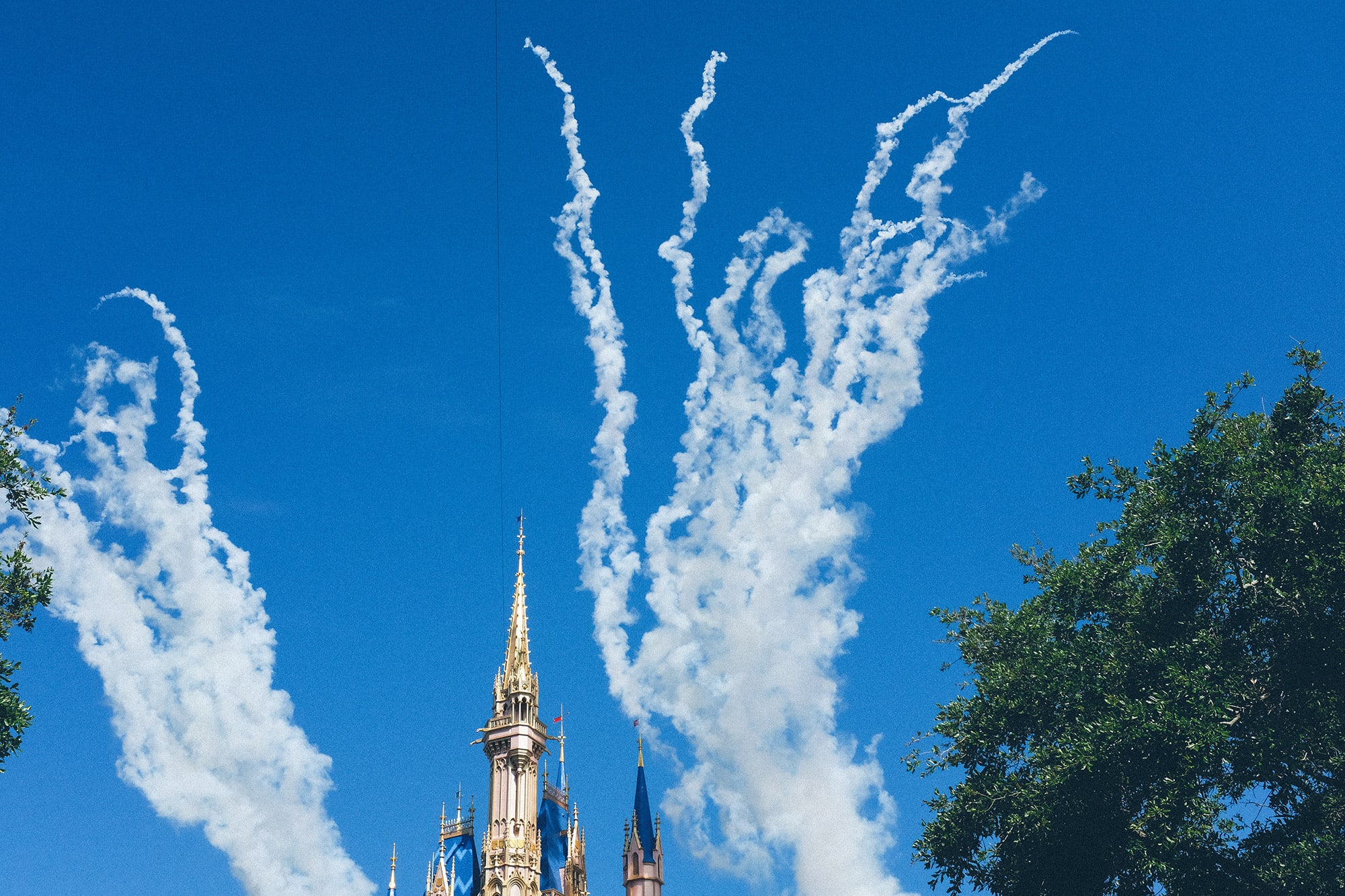Notes on Visiting Disney World
Last month, we took our kids to Disney World for a week. My partner had gone when she was a child but it was the first time for the rest of us. Despite never actually visiting, I’d had an intellectual interest in Disney World/Land — and, to some extent, Walt — for a decade, after randomly wandering into the Walt Disney Family Museum in San Francisco. In that museum, a decade ago, I was immediately taken with Walt’s early vision for a theme park. At the time, in a quick essay I posted on my blog, I wrote:
I enjoyed seeing early sketches from the movies my parents raised me on that were made 40 years before I was born (!!!). There is a certain nostalgia that washes over you as these characters return to your life. But my real interest grew in the final exhibitions, as Walt moved into physical space, creating the first Disneyland theme park. This surprised me. I’ve never been to a Disney park, nor ever had any desire to go.
But Disneyland kicked off a new phase in Walt’s work — suddenly the two sides of Walt’s work collide — the glorification of nostalgia and small town life with the hope and optimism of the future. This set off a series of projects that culminated with EPCOT. I couldn’t stop looking through this part of the exhibition. And after I left, I couldn’t stop thinking about.
To build Disneyland, Disney created WED Enterprises to be the design and engineering arm of his company. In many ways, WED Enterprises were the first imagineers — a multidisciplinary team of designers, engineers, artists, and builders — who brought Walt’s plans into reality. The urban planner James Rouse famously wrote of Disneyland in 1963 the “greatest piece of urban design in the U.S. today.” Following Disneyland’s success, WED Enterprises helped design four exhibits at the 1964 New York World’s Fair. Those exhibitions became entry points for his Florida Project — the center of which would be his most ambitious project: a real, working city he called EPCOT, or Experimental Prototype Community of the Future. I do not usually go on vacation with my designer-hat on but at Disney, it’s inescapable.
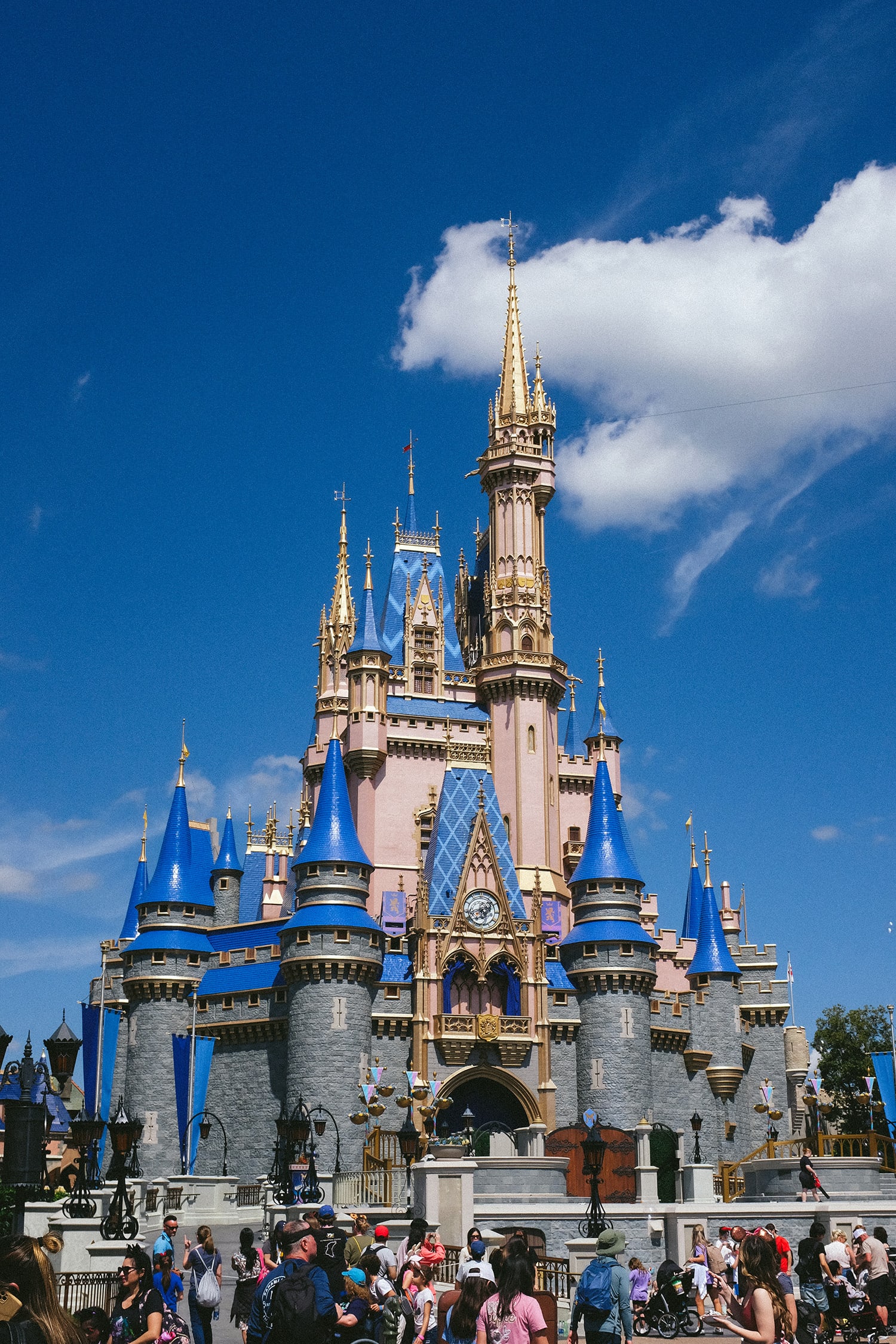
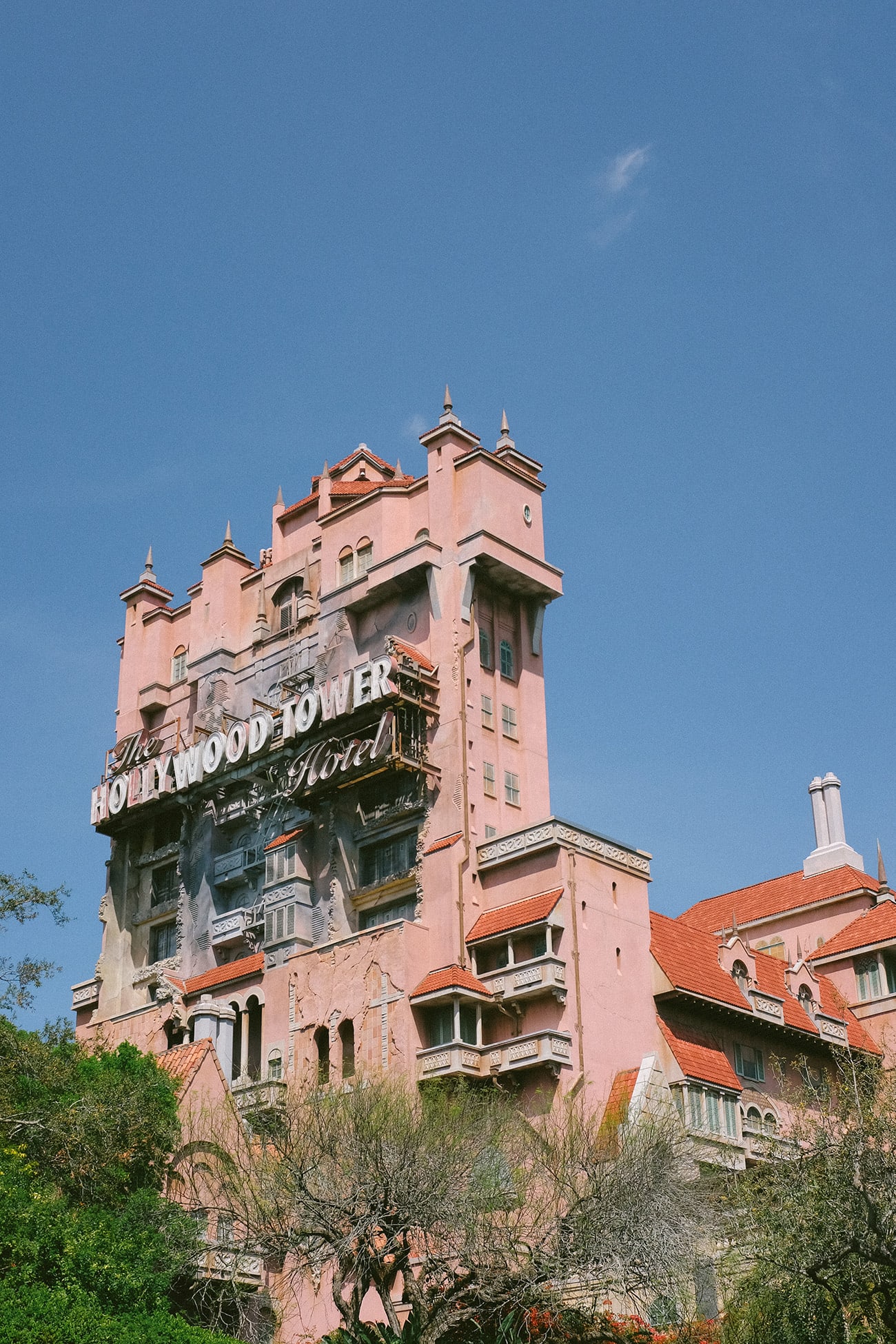
Anyone who has been to Disney World already knows what I’m about to say: this was one of the strangest places I’ve ever experienced. It was also a shocking embodiment of so many things I’m interested in:
- Disney World is the prime example of experience design where every touchpoint from the wayfinding signage to the employee costumes, the transportation to the mobile experience, has been designed to optimize and encourage a particular experience.
- Disney World is an example of holistic branding. I was reminded of my 2020 essay on retail design. In that piece, I argued the shopping experience had moved from selling goods to selling ideas: every store was becoming an environment of sponsored content. This is nowhere more true than Disney World where every ride, every surface, every experience is covered in an advertisement for another piece of content. Everything is pointing to something else: this ride is inspired by this movie, which connects to this store, etc etc.
- This brand, of course, is a simulacrum. None of it is real: storefronts are painted to hide big-box buildings. This was no more apparent to me than when I wandered into a coffee shop dressed up like a 1950s cafe only to realize it was actually a Starbucks.
- The move from brand to cult is a short one and for many, Disney crosses that line. I was continually surprised by the number of people at Disney wearing Disney merch. There was a moment, crossing Cinderella’s castle when the characters from Frozen were singing “Let It Go” on the front steps. A crowd had gathered to watch and were singing the lyrics back to the costumed performers in what could easily have been read as a religious ceremony.
“The assumption inevitably made by people who have not yet been there — that it is some sort of physical extension of Mickey Mouse — is wildly inaccurate,” wrote Charles Moore in his essay You Still Have To Pay For Public Life. “Instead, singlehanded, it is engaged in replacing many of those elements of the public realm which have vanished in the featureless private floating world of southern California, whose only edge is the ocean and whose center is otherwise undiscoverable (unless by our revolution test it turns out to be on Manhattan Island).”
The kids loved it (obviously) and we had fun too. It was also a fun experience after years of reading and thinking about Disney. Below are a handful of links I’ve collected over the years.
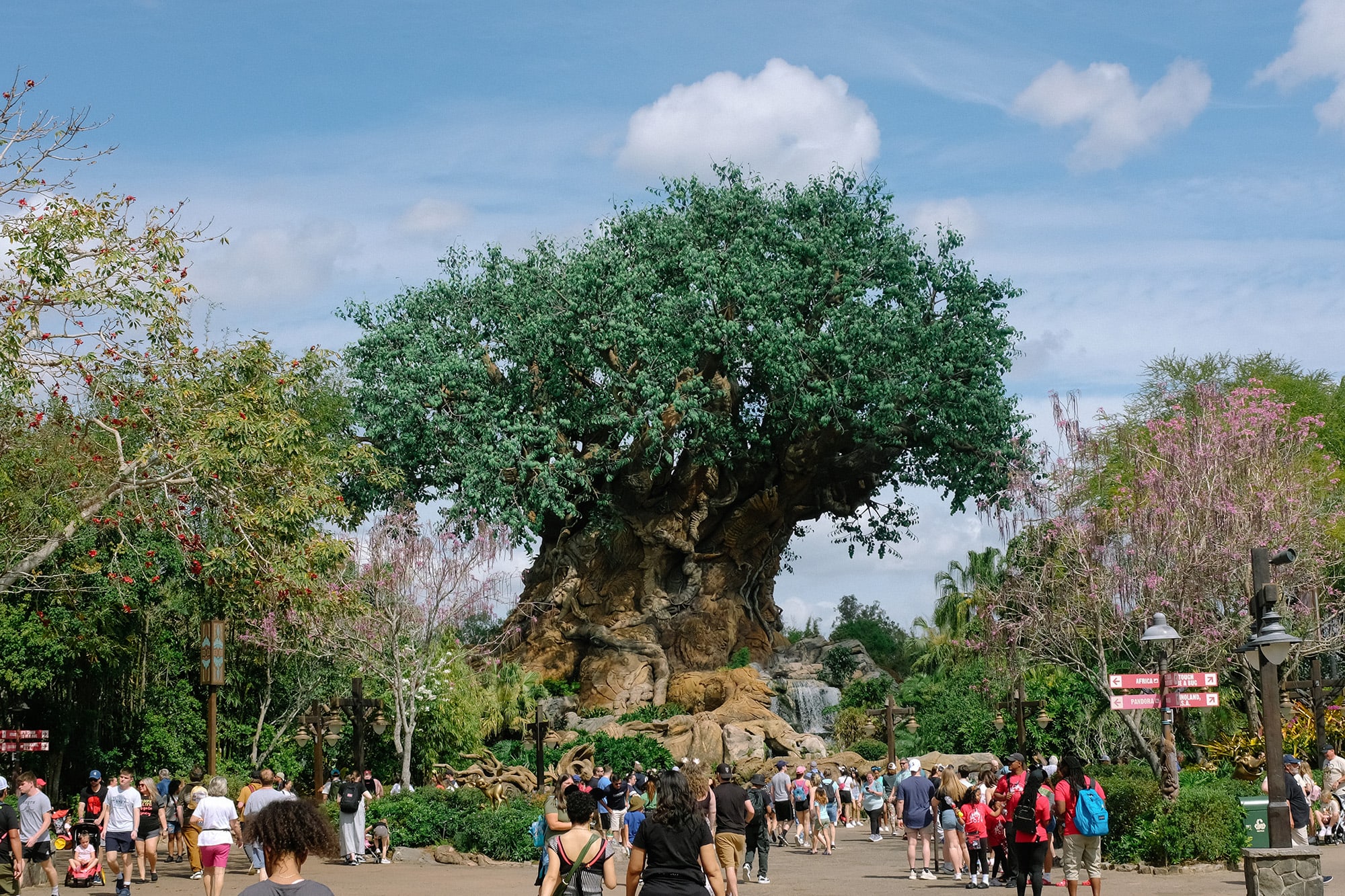
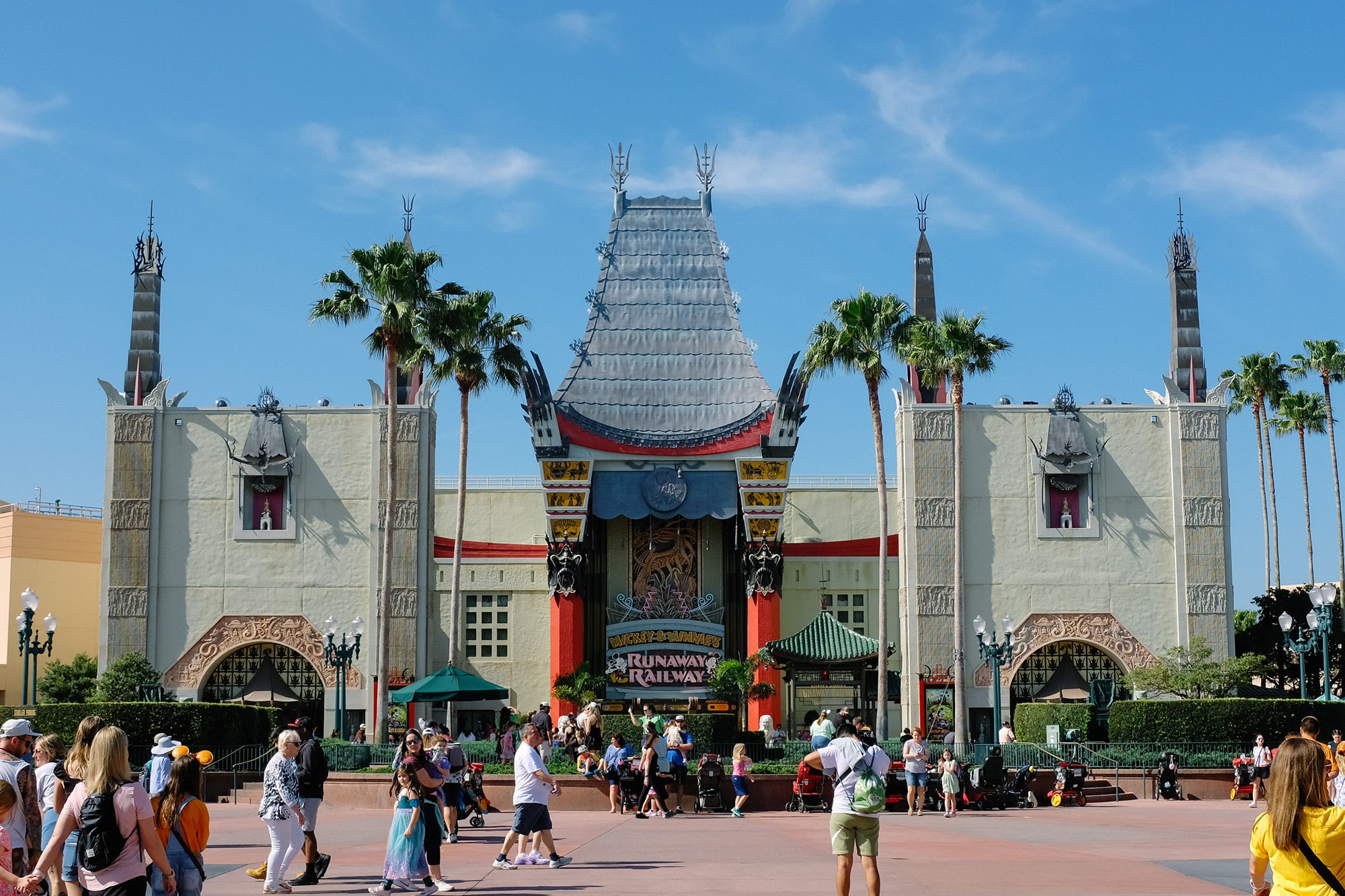
Around the time I visited the Walt Disney Family Museum all those years ago, I also read Ian Bogost’s smart piece for re:form, the short-lived design publication published by Medium, on Disney, data, and design fiction:
But MagicBand isn’t like any old data gathering practice, because Disney isn’t like any old company. And not just because Disney is a giant conglomerate that has good reason to collect as much information about you as possible. Rather, because Disney’s theme parks don’t have the same relationship to reality that Google and Costco and the NSA do. They are hybrids of fantasy and reality.
Walt Disney embodied two unlikely ideals. On the one hand, he was a traditionalist, fond of railroads and small town main streets of the nineteen-aughts, of classic adventure and of folktales. But on the other hand, he was a futurist, encouraged by the idea that technology could and would produce a more prosperous and equitable “great big beautiful tomorrow.
In Wired back in 2015, Cliff Kuang picked up many of these threads with a deeply reported piece on the development of MagicBand, the wearable that gets you into rides at the parks. It’s interesting to remember that the MagicBand came out around the same time as the AppleWatch, M.G. Siegler drew connections between them and the future(s) they painted.
Indeed, the technology (and data!) to power Disney can be mind-numbing. Janet Vertesi’s essay for Public Books, published last year, resonated with my experience:
Our journey in Disneyland showed why its app is such a seductive idea: food when we want it, rides without waiting, an entire experience tailored around our little family. Parenting during the pandemic was rife with stress, exhaustion, unpaid labor, and family frictions. What family with small kids doesn’t want to avoid the inevitable fatigue, tantrums, and hunger that accompany a day out at the “happiest place on earth”?
Today’s companies manufacture conveniences like these to entice us to give our data away. They dangle these conveniences in front of us like a lure, waiting for us to give up precious data about ourselves, our children, our communities and friends. Too often, we take the bait.
What comes next is not convenient at all. Companies use that data to corral us into dead-end streets, to limit our choices, choose what we watch, and shuttle us into certain purchases over others. That data divides us into filter bubbles,3 helps spread misinformation like wildfire, drives wedges through families, and splits us up by political beliefs, race, gender, and social class. Thanks to data-munching algorithms, we are each on very different data-driven pathways through the same world: as if only people with the right data profile were given directions to Tomorrowland. Our journeys are lit by one “convenience” after another, but each path is paved with fool’s gold.
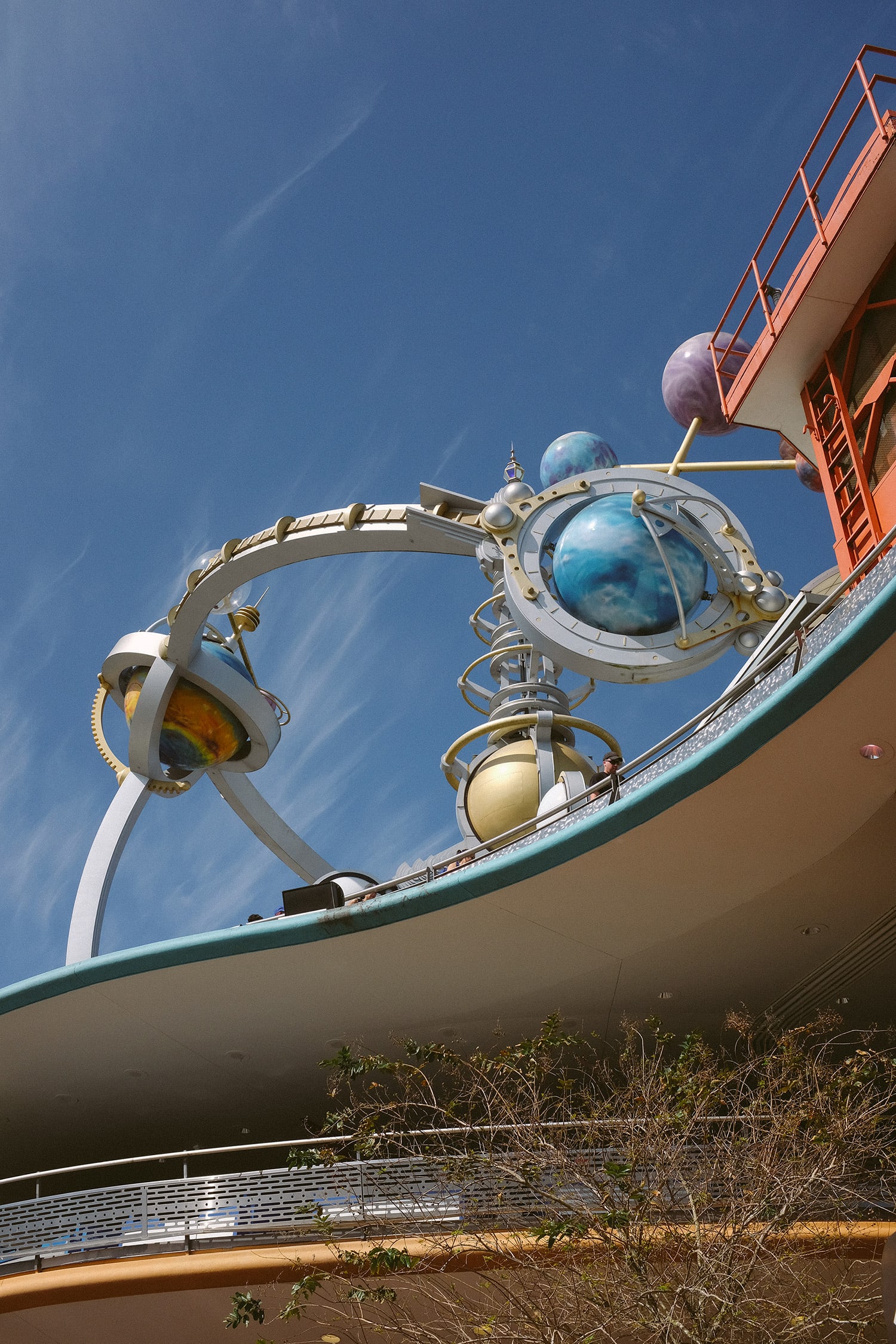
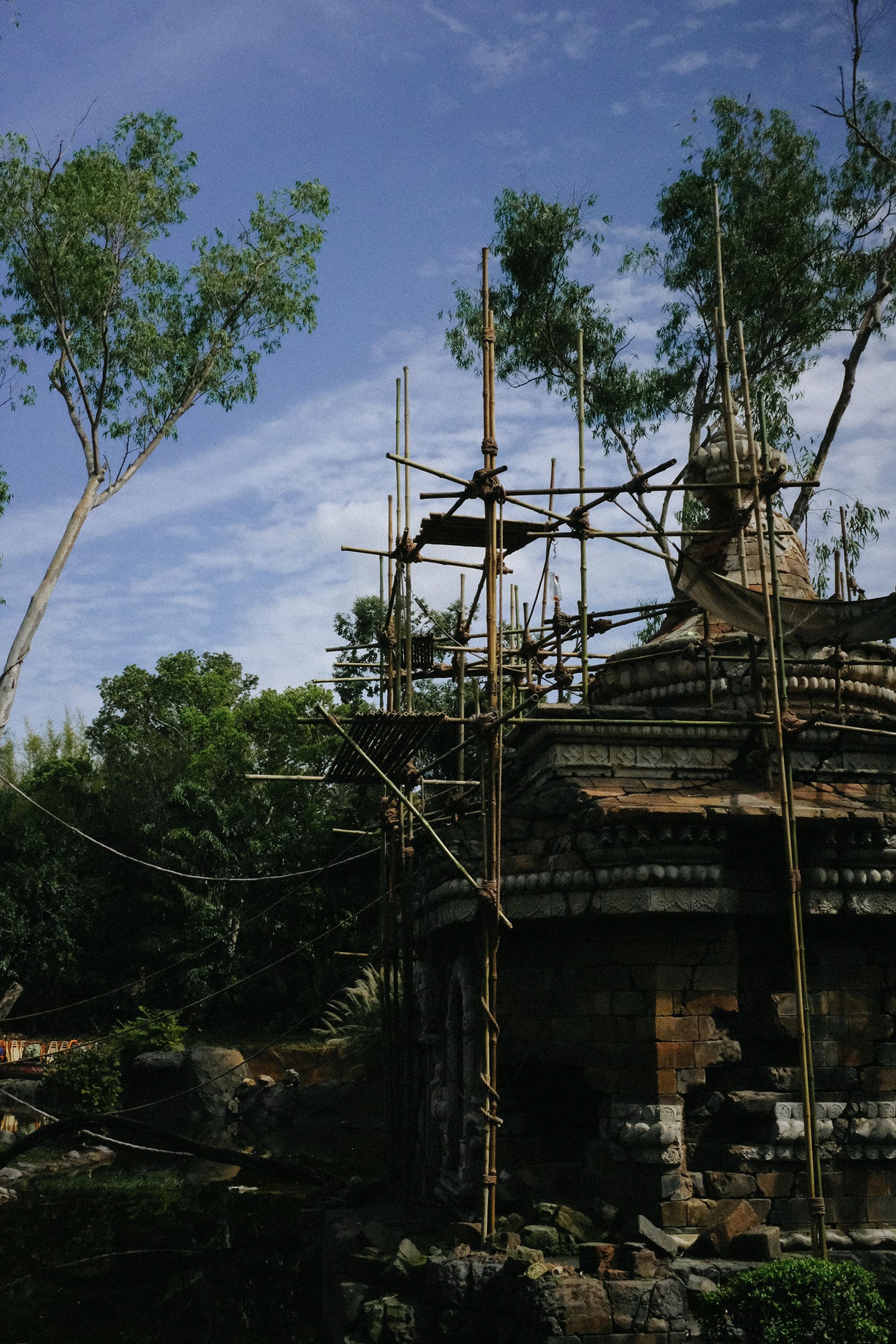
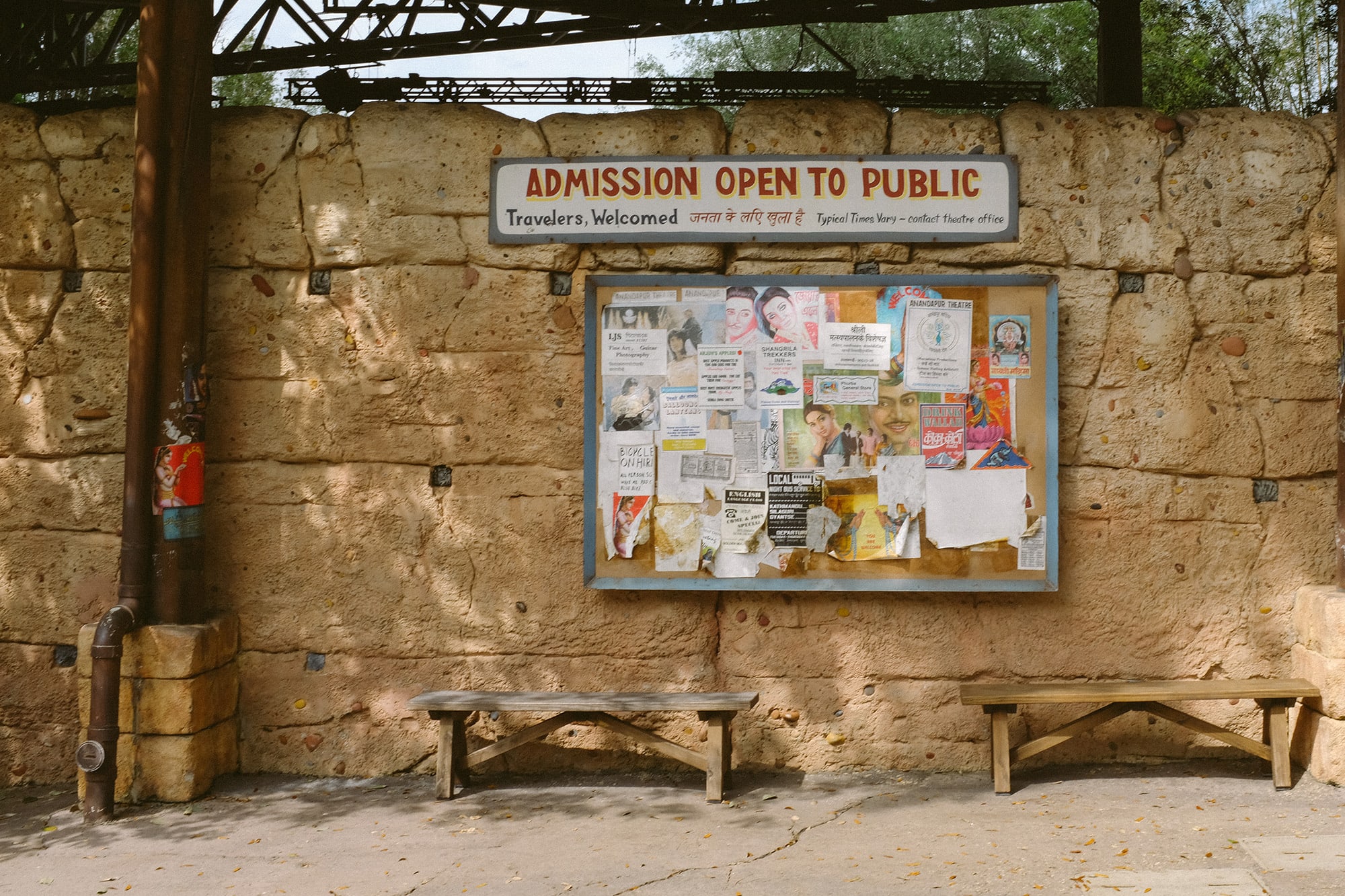
Walt Disney’s fantasies have grown from temporary distractions on the cinema screen into defining influences on global pop culture. The cartoonist, along with the empire he founded, has won both praise - for his technological innovations and the apparent simplicity and recognisability of his storytelling - and notoriety. The ingenuity with which he seamlessly entwines fairy tales and reality is accompanied by a compelling and one-sided conception of what the resulting wonderful worlds - and their inhabitants - should look like.
Walter Elias Disney (1901-1966) created on- and off-screen fantasy worlds in which viewers and visitors can temporarily escape everyday reality. His “wonderful world” had a modest beginning in the 1930s with cartoons and animated shorts but, with the creation of full-length films, theme parks, resorts and cruise vacations, it mushroomed into a global media empire over the following decades. The staging of an alternative reality was not confined to the movies and the Disneyland parks. With every step in the development of the company, the image of Walt, and his Walt Disney Company, has been carefully cultivated and expanded.
That constructed impression - of Disney as a carefree genius, the “father of the middle class”, whose company produces feel-good environments for the whole world - has a downside. With a blend of nostalgia, utopianism, simplification and cuteness, Walt Disney entices his audiences to immerse themselves in a world where reality and fiction merge. Inspired by European literature and architecture, Disney, known as the embodiment and champion of the American Dream, underlies a highly specific and limited type of cultural production. This propagates a largely uniform identity, with the traditional white family at its heart. The animated characters and storylines affirm and reinforce gender roles and racial stereotypes, helping to normalise discrimination and the exclusion of everyone who is “different”.
It’s here, I think, that makes the core of my own long-time interest in Disney’s parks: Disney as imagined reality. I’ve written before about my interest in design as the creation of new realities and the imagined realities we all live in (me, literally, at one point in my life.) No one did this better than Disney — no one has still done it better than Disney. And in some ways, Disney is literally blurring that line: they’ve announced a series of planned communities — one in California and one just a short drive from my own house — where residents can literally live in a Disney community, building upon their research for EPCOT and Celebration, FL:
The themed homes, which will start north of $1m (£792,000), promise to be “infused with the company’s special brand of magic”, while a forthcoming town centre, featuring a street market where local artists will sell Disney-themed arts and crafts, will be “abundant with opportunities for laughter”. The 24-acre lake – a bold proposition for an area that suffers from extreme drought – will be kept an unnatural shade of Avatar blue all year round, courtesy of patented Crystal Lagoons technology. Cotino seems to be as close as you can get to living in Disneyland itself, with every detail honed by Disney imagineers, every service provided by Disney “cast members” (ie staff).
The strange thing in visiting Disney today is how many of its lessons have permeated our entire lived experience: the entire world has, in essence, become Disney-fied.
